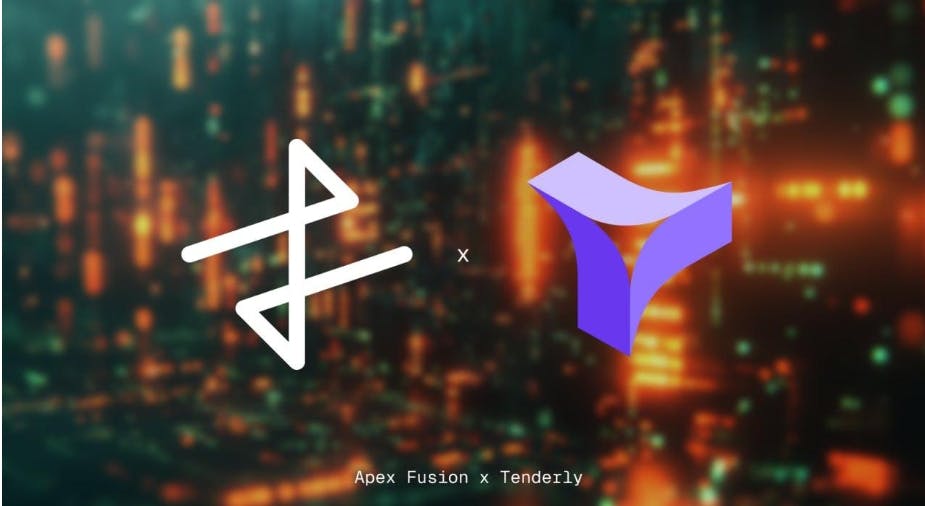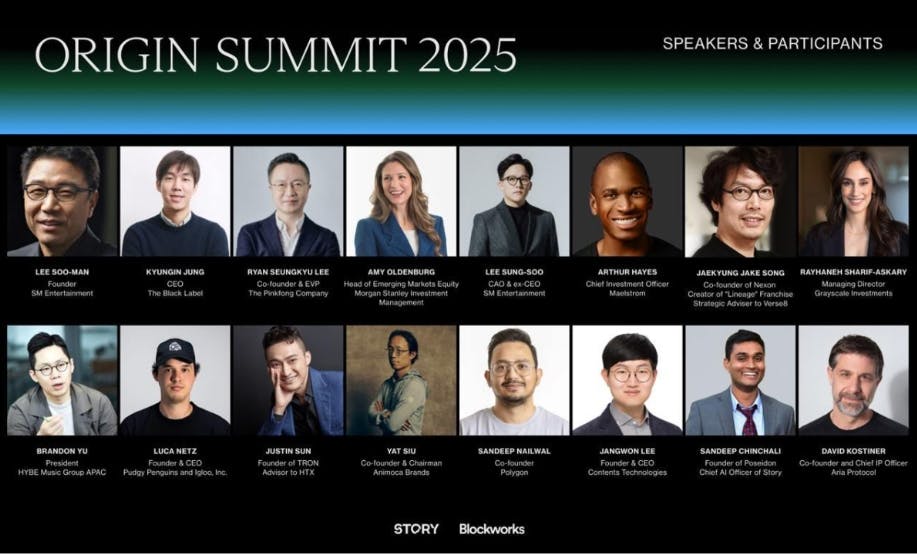I’m a Gen X content creator, and here’s the truth: I don’t hustle 10 hours a day on Pinterest. I sip my coffee, give it about an hour, and still turn that into traffic, ad revenue, and affiliate commissions. You don’t need to be chained to a screen to make money on Pinterest. What you need is consistency, smart batching, and a system that always keeps something publishing—even when you’re off living your life.
Want to learn the systems I use to build a $30,000/month creator business? Join Ballen Bluepurint Coaching!
My Morning Coffee Workflow
For me, Pinterest marketing is never about grinding all day. It’s about focused action in short bursts. Every morning, I pour my coffee, sit at my desk, and start with analytics. I’m not guessing. I’m looking at what worked yesterday. Did one of my fall home décor pins suddenly get traction? Did an article about storage solutions spike in clicks? That data tells me where to focus.
I don’t open Pinterest thinking, “What should I post today?” I open it asking, “What’s already working that I can multiply?” That’s the key difference. Gen X creators like me don’t have time to waste chasing blind strategies—we want to see results and then do more of what’s driving them.
The tools make this process fast. PinClicks shows me which keywords and aesthetics are trending on Pinterest right now. I type in a seed keyword like “fall,” and within seconds I know what people are saving most. From there, I go to ChatGPT and draft a blog outline that matches those searches. I don’t let AI run wild—I direct it. I tell it my tone, my structure, and then I refine each section so it’s valuable.
Once the blog is outlined, I move into visuals. I’ll upload a few trending images into ChatGPT and ask, “What’s the vibe?” Then I use Ideogram to generate long, vertical pin graphics that match that mood—cozy sweaters, warm lighting, aesthetic kitchens, whatever the trend dictates. If I’m multitasking, I’ll run Harpa, a Chrome extension that keeps my prompts connected to the page I’m working on.
By the time I’m done with my coffee, I usually have a fresh blog drafted, a set of pins designed, and my next round of Pinterest content ready to go. That single hour of focused action sets me up for days of publishing without having to touch it again until I feel like it.
Batching Pinterest Images
The mistake most people make on Pinterest is creating one image at a time. They post it, wait for results, and then scramble to make the next one. That’s not sustainable. I batch. When I sit down, I don’t just make one pin for a blog post—I make 10, 15, sometimes 20. Different backgrounds, different overlay text, different hooks. Same blog post, multiple angles.
Pinterest isn’t about one perfect pin. It’s about volume and variety. Users scroll fast. The more visual hooks you test, the higher the chance one will land. One pin might hit because the copy says “12 Cozy Fall Ideas,” another might take off because it shows the right shade of rust-orange blanket in the photo. You don’t know until you get it out there.
This is where Tailwind comes in. I load all those variations into Tailwind, set the schedule, and forget about it. Even if I don’t touch Pinterest for a week, my account looks active because fresh pins are dripping out every day. That’s the “always have something publishing” system in action—it compounds results without extra effort.
By batching, I also save mental energy. I’m already in design mode, so I keep cranking out variations while the ideas are flowing. Then I can step away for days and let the system work while I move on to other projects that make me money.
Why “Always Have Something Publishing” Works
Pinterest rewards momentum, not random bursts of activity. When you post consistently, the algorithm keeps pushing your content into feeds. One pin gets saved, that save triggers more impressions, impressions lead to clicks, and clicks turn into ad revenue and affiliate commissions. It’s a snowball effect.
Here’s what most people don’t realize: Pinterest content lives a long time. A pin I made months ago can suddenly start trending again because someone saved it to the right board. That’s why having a steady stream of fresh content in the pipeline is critical. If you only post once in a while, you miss out on that compounding effect.
I don’t care if the pin I made today makes money tomorrow. I care that over weeks and months, I’ve built an army of pins that are all working for me while I’m not working. That’s why batching and scheduling matter. By the time one piece starts to fade, another one is gaining traction. The system feeds itself.
For me, this strategy currently brings in about $1,000 a month from Pinterest alone. It’s not my biggest income stream, but it’s proof of how a small, low-pressure workflow can compound into real dollars. Over time, the snowball only gets bigger because every pin stays in circulation.
The Low-Pressure System
I don’t run Pinterest like a full-time job because I don’t need to. My system is built for consistency without pressure. One focused hour in the morning sets the stage, then the platform does the rest. No hustle, no endless check-ins, no burnout.
That’s especially important for Gen X creators. We’ve lived through the grind culture. We know what it feels like to burn out. At this stage, I don’t want to be tied to rigid schedules or forced content calendars. I want flexibility. I want freedom.
Pinterest is perfect for that because it compounds in the background. I can spend a week traveling, or lean into other projects, and my pins are still circulating. Because I batch and schedule, my account looks active even when I’m not. That’s what keeps traffic coming in, keeps ad revenue steady, and keeps affiliate commissions stacking.
It’s the opposite of social media platforms that demand daily live presence. Pinterest doesn’t care if I’m on camera. It cares that I’m providing inspiration people want to save. That makes it sustainable. And sustainability is the only way to make money long-term.
Bringing Affiliate Links Into the Blog Flow
Here’s the cleanest way to monetize Pinterest without risking your account: anchor everything to your blog. Direct-to-affiliate pins can work in small doses, but if Pinterest thinks you’re spamming the same link over and over, you’ll get flagged. A blog post solves that. Every article has a unique URL, which means every pin points to a fresh destination. That keeps you safe and builds authority at the same time.
Here’s how it works in practice. Let’s say I write a post on “10 Cozy Fall Living Room Ideas.” Inside that post, I drop affiliate links for blankets, candles, and throw pillows. When a Pinterest user clicks my pin, they land on the blog, see the inspiration photos, and then shop through the links. Pinterest is happy because I delivered value. The reader is happy because they got ideas and options. I’m happy because I earn commissions when they buy.
This system also doubles my income potential. First, I make money from ads running on the blog (Google AdSense or another network). Second, I make money from the affiliate products inside the post. It’s layered monetization from a single pin.
To manage those affiliate links, I use Lasso. It lets me turn plain text links into polished product boxes and comparison tables that look professional and boost clicks. Instead of burying links in paragraphs, I can display them front and center, which increases conversions.
This is why I still say blogging isn’t dead—especially if you’re driving Pinterest traffic. The combination of pins, blogs, ads, and affiliate links is one of the cleanest and most reliable ways to build income streams that don’t collapse overnight.
$27.00
Pinterest Power Stack: Turn One Post into Many |
The Pinterest Power Stack is your proven blueprint for transforming a single blog post into a high-traffic machine. Learn how to create multiple microblog posts that each generate their own traffic and engagement on Pinterest. This system uses Lori’s favorite tools to automate and streamline the process, but you’re welcome to follow the steps manually if you’re working with a smaller budget or prefer using your own tools. Whether you’re a beginner or an advanced creator, this guide provides the flexibility to scale at your own pace.
What’s Included:
- A comprehensive, step-by-step guide to creating pillar blog posts and spinning them into micro blog posts that attract Pinterest traffic.
- Instructions on how to schedule and optimize pins for long-term, consistent traffic.
- Insight into Lori’s tools like Harpa, Ideogram, and Tailwind for automating the process, with suggestions for manual methods if you’re on a budget or prefer using your own tools.
- Best practices for linking micro posts back to the pillar blog, building SEO, and maximizing Pinterest reach.
Bonus:
- Time-saving tips and actionable strategies to help you scale your Pinterest content and keep it relevant over time.
We earn a commission if you make a purchase, at no additional cost to you.
Final Thoughts
Pinterest affiliate marketing doesn’t require all-day effort. My one-hour coffee routine—checking analytics, drafting a blog, batching pins, and scheduling them—creates momentum that compounds into traffic, ad revenue, and affiliate commissions.
The reason it works is because it’s sustainable. I’m not chasing trends or hustling nonstop. I’m building a system that keeps publishing whether I’m working or not. That’s the key for Gen X creators who want income without burnout.
If you’re ready to build systems like this, join me inside Blueprint Coaching. I teach the exact strategies I use across Pinterest, blogging, affiliate marketing, and more.
And if you want ready-made resources, my prompts, templates, and digital products are waiting in my store.
This is the approach that makes Pinterest worth it: low-pressure, high-impact, and built to last.
About
I’m a Gen X content creator earning $30,000+ a month through blogs, affiliate marketing, digital products, and coaching. I teach creators how to build income streams with real strategies that work today—not outdated theory.










